Crisp, sweet, and packed with nutrition, snow peas are one of America’s favorite spring and summer garden vegetables. Whether you toss them into a stir-fry, snack on them fresh from the pod, or add them to salads for a satisfying crunch, snow peas deliver both flavor and health in every bite.
Known for their tender, edible pods and delicate sweetness, snow peas are a staple in American kitchens—especially among those who love fresh, farm-to-table produce. They’re easy to grow, quick to harvest, and thrive in cool weather, making them a go-to crop for home gardeners across the country.
In this in-depth guide, we’ll explore everything about snow peas—from their nutritional benefits and growing tips to delicious ways to enjoy them at home.
What Are Snow Peas?
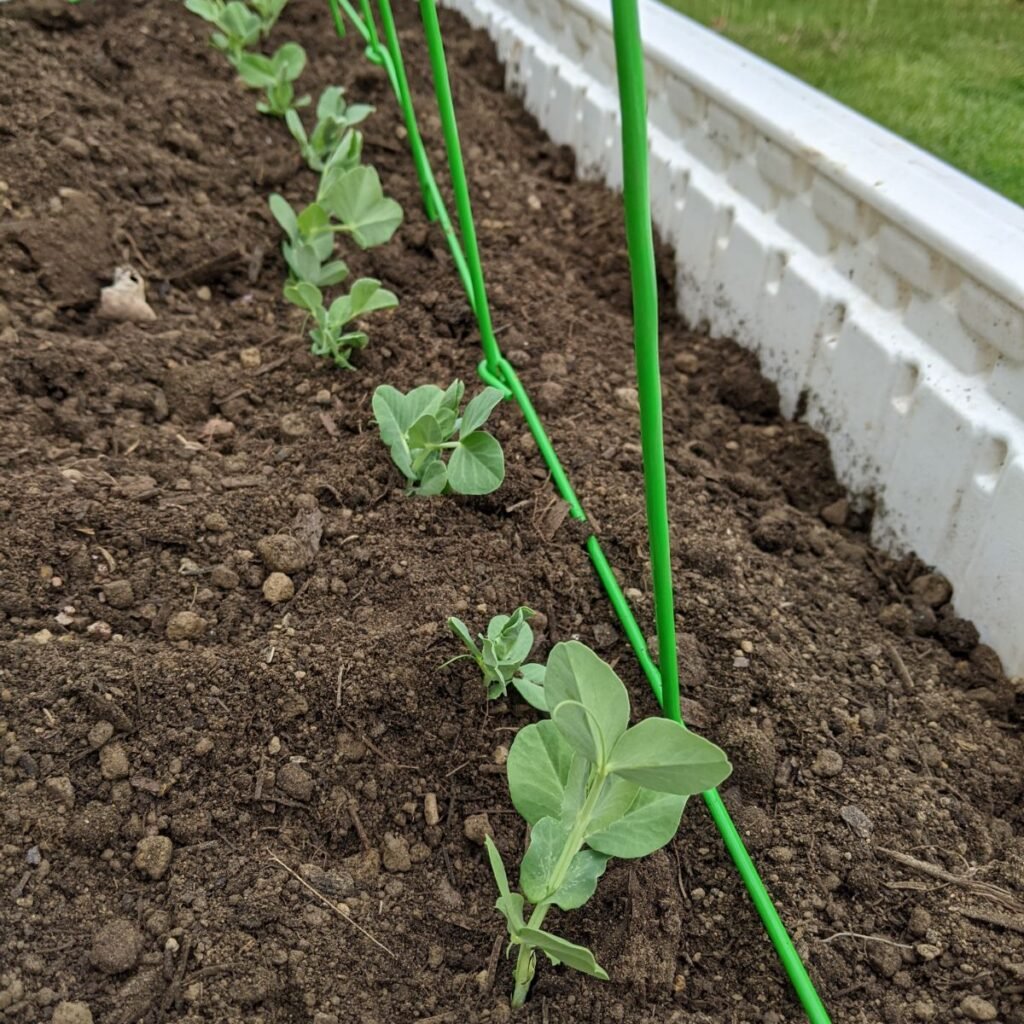
Snow peas (Pisum sativum var. saccharatum) are a variety of pea with flat, edible pods and small, tender seeds. Unlike garden peas (also called English peas), snow peas are harvested before the peas inside fully mature, giving them their signature sweetness and delicate crunch.
Snow peas are often used in Asian-inspired dishes, such as stir-fries and noodle bowls, but their versatility extends far beyond that. In American cuisine, they’ve become a beloved ingredient for salads, veggie platters, and even healthy snacks for kids.
Nutritional Profile: A Crunchy Superfood
Snow peas might be light and crisp, but they pack a serious nutritional punch. They’re low in calories yet rich in vitamins, fiber, and antioxidants, making them an excellent choice for healthy eating.
Nutritional value per 100 grams (about 1 cup of raw snow peas):
- Calories: 42
- Protein: 3 grams
- Carbohydrates: 7 grams
- Fiber: 2.5 grams
- Fat: 0 grams
- Vitamin C: 60% of the Daily Value
- Vitamin K: 30% of the Daily Value
- Vitamin A: 20% of the Daily Value
- Iron, Folate, and Potassium: Excellent sources
Snow peas are also rich in antioxidants like polyphenols, lutein, and beta-carotene, which help protect the body from free radical damage and inflammation.
Health Benefits of Snow Peas
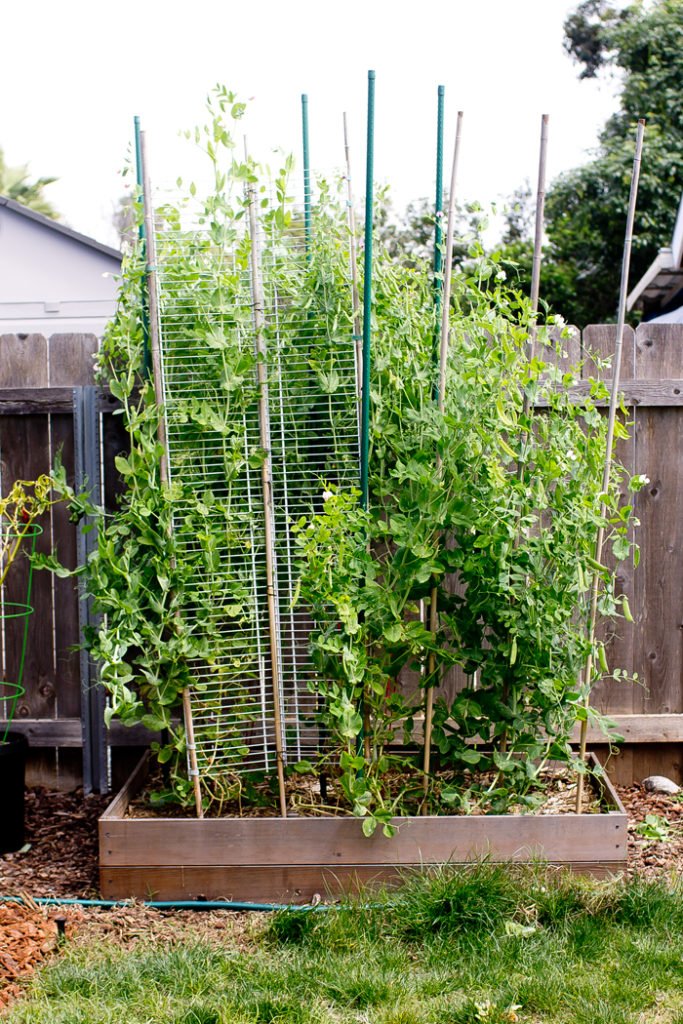
1. Boosts Immunity
Loaded with vitamin C, snow peas strengthen your immune system, helping your body fight infections and recover faster from illnesses.
2. Supports Weight Loss
Low in calories but high in fiber, snow peas help you stay full longer, curb hunger, and promote healthy weight management.
3. Great for Skin and Vision
Thanks to their high levels of vitamin A and antioxidants, snow peas promote clear skin, healthy eyes, and slow down signs of aging.
4. Improves Digestive Health
Their natural fiber aids digestion, prevents constipation, and supports a healthy gut microbiome.
5. Heart-Healthy Vegetable
Snow peas contain no cholesterol or fat and are a good source of potassium, which helps regulate blood pressure and maintain heart health.
6. Strengthens Bones
The vitamin K and folate in snow peas support strong bones and help prevent osteoporosis.
Snow Peas in American Gardens
One of the reasons snow peas are so popular among American home gardeners is their simplicity. They’re easy to grow, mature quickly, and don’t require much space.
They’re also one of the first crops you can plant in spring, often thriving in cooler weather when other vegetables are still dormant.
Best Regions for Growing Snow Peas in the U.S.
Snow peas grow well in USDA hardiness zones 3 through 9, which covers most of the country. They prefer cooler temperatures between 55°F and 70°F, making them perfect for spring or early fall gardens.
How to Grow Snow Peas at Home
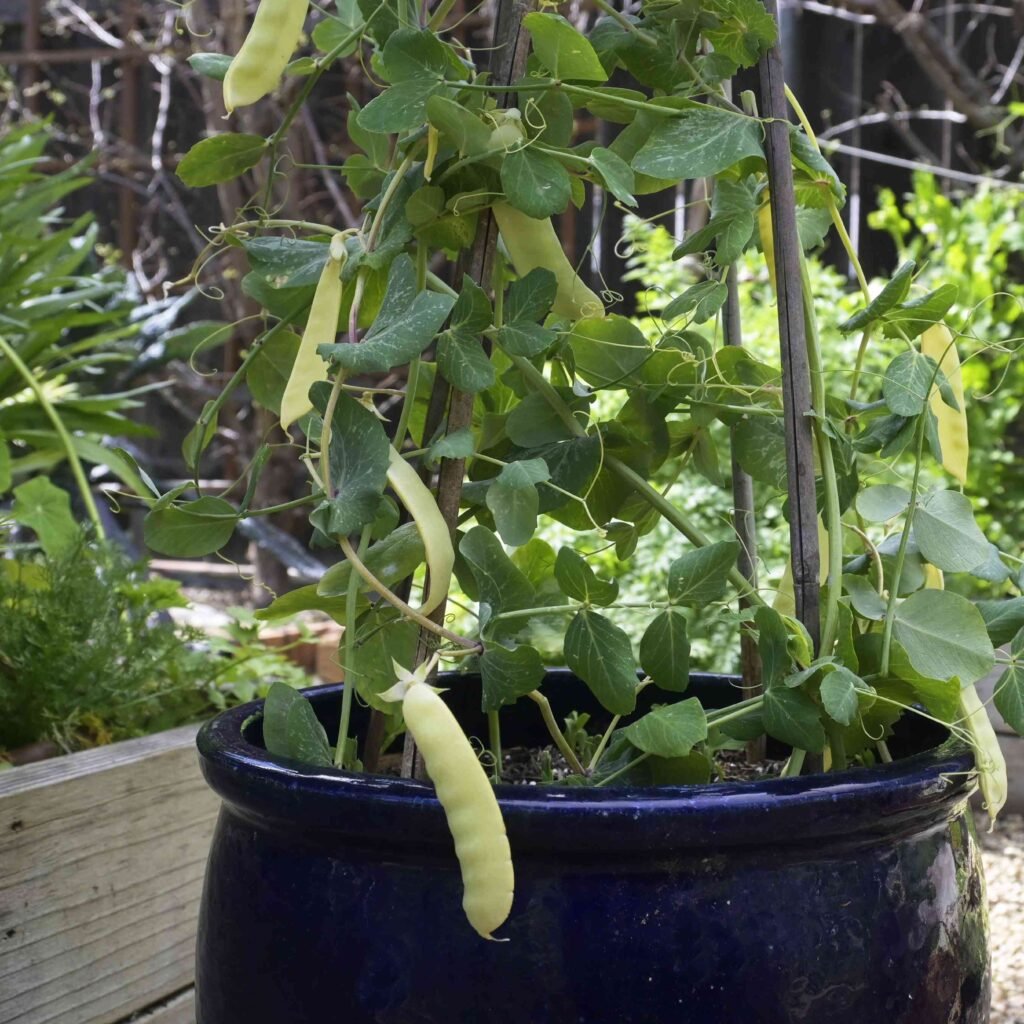
1. Choosing the Right Variety
There are several snow pea varieties ideal for American gardens, including:
- ‘Oregon Sugar Pod II’ – A disease-resistant, high-yield variety.
- ‘Mammoth Melting Sugar’ – Produces large, sweet pods perfect for stir-frying.
- ‘Dwarf Grey Sugar’ – Compact and great for container gardening.
2. When to Plant
Plant snow peas as soon as the soil can be worked in spring, typically 4–6 weeks before the last expected frost. For fall crops, plant 8–10 weeks before the first frost date.
3. Soil Preparation
Snow peas prefer well-draining soil with a pH between 6.0 and 7.5. Mix in compost or aged manure before planting to improve fertility.
4. Planting the Seeds
- Sow seeds about 1 inch deep and 2 inches apart.
- Space rows 18–24 inches apart.
- Keep the soil evenly moist but not waterlogged.
5. Support and Trellising
Snow peas are climbing plants, so provide a trellis, fence, or netting for them to grow on. This helps improve airflow, reduce disease, and makes harvesting easier.
6. Watering and Care
- Water deeply once or twice a week, depending on rainfall.
- Avoid overhead watering to prevent fungal diseases.
- Mulch around the base to retain moisture and control weeds.
7. Harvesting
Snow peas are ready for harvest about 60 days after planting.
- Pick the pods when they are flat but full-sized, before the peas inside swell.
- Regular harvesting encourages more production.
Common Pests and Diseases
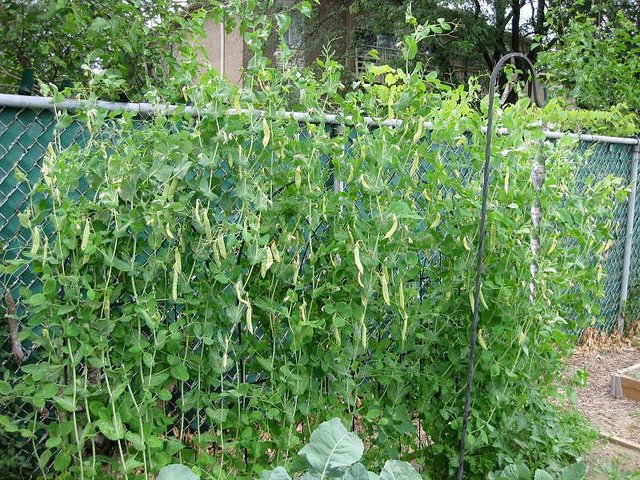
While snow peas are relatively hardy, they can be affected by common garden pests:
- Aphids: Suck sap from leaves—control with neem oil or insecticidal soap.
- Powdery mildew: Caused by humidity—ensure good air circulation.
- Pea weevils and slugs: Use organic traps or handpick pests early in the morning.
Practicing crop rotation and avoiding overwatering can greatly reduce the risk of disease.
Cooking with Snow Peas: Fresh, Crunchy, and Delicious
Snow peas are a culinary delight thanks to their mild sweetness and crunchy texture. They can be eaten raw, steamed, sautéed, or stir-fried—making them one of the most versatile vegetables in the kitchen.
1. Stir-Fried Snow Peas
Sauté snow peas with garlic, soy sauce, and a dash of sesame oil for a classic, crisp side dish.
2. Snow Pea Salad
Toss blanched snow peas with cherry tomatoes, feta cheese, and a lemon vinaigrette for a refreshing spring salad.
3. Snow Pea and Chicken Stir-Fry
Combine snow peas, chicken breast, and bell peppers for a protein-rich, low-carb dinner.
4. Steamed Snow Peas
Lightly steam and season with salt and pepper—perfect as a side for grilled salmon or chicken.
5. Snow Pea Snack Packs
Pack fresh snow peas with hummus or ranch dip for a crunchy, on-the-go snack.
Storing Snow Peas
Snow peas are best enjoyed fresh, but with proper storage, they can last longer.
Storage Tips:
- Keep unwashed snow peas in a plastic bag in the refrigerator for up to 5 days.
- To freeze: Blanch pods in boiling water for 2 minutes, cool in ice water, drain, and freeze in airtight bags for up to 6 months.
Avoid overcooking snow peas—quick cooking helps preserve their crunch and nutrients.
Sustainability and Soil Health Benefits
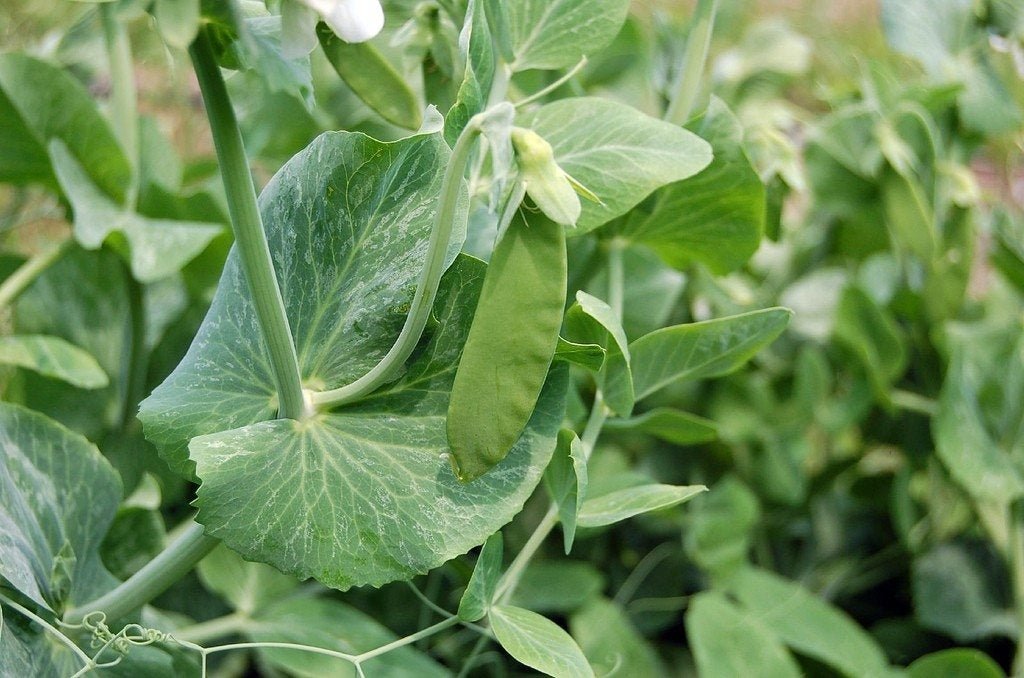
Like other legumes, snow peas are nitrogen-fixing plants, meaning they enrich the soil by converting atmospheric nitrogen into nutrients usable by other crops.
Planting snow peas as part of a crop rotation system improves soil fertility and reduces the need for synthetic fertilizers. Their shallow roots also help prevent soil erosion and maintain a healthy garden ecosystem.
By growing snow peas at home, you contribute to sustainable gardening while enjoying fresh, chemical-free produce.
Fun Facts About Snow Peas
- Snow peas are sometimes called Chinese pea pods, but they’re loved in American gardens too.
- They were first cultivated in Europe in the 19th century and quickly gained popularity worldwide.
- Snow peas are one of the few vegetables where the entire pod is edible.
- They grow best in cool spring or fall temperatures and can tolerate light frost.
- The delicate white or pink flowers of the snow pea plant are also edible!
Buying Tips for Fresh Snow Peas
When shopping for snow peas at a farmers’ market or grocery store, look for:
- Bright green pods with smooth, firm skins.
- Avoid pods that are yellowing, limp, or have brown spots.
Fresh snow peas should snap crisply when bent.
Conclusion: The Sweet Simplicity of Snow Peas
Snow peas are the perfect blend of flavor, nutrition, and sustainability—a true gem of American home gardening. Whether you’re growing them in your backyard, adding them to your favorite stir-fry, or enjoying them fresh from the vine, snow peas offer endless benefits for your health and your table.
Their crisp texture, subtle sweetness, and quick-growing nature make them an ideal choice for beginner and experienced gardeners alike. Plus, they’re a beautiful reminder of how delicious eating fresh, seasonal produce can be.
So this season, plant some snow peas, watch them climb and bloom, and savor the joy of harvesting nature’s sweetest, crunchiest pods right from your garden.
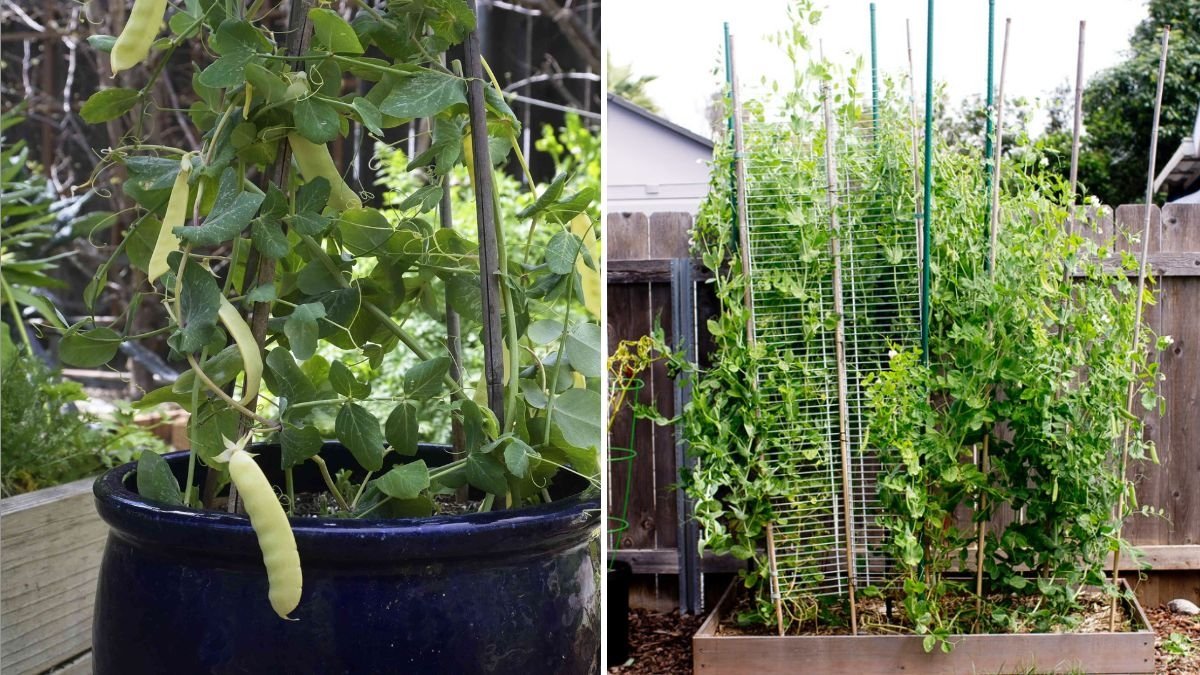
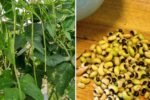
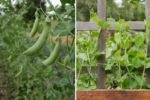
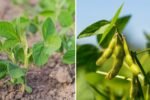
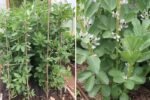

Leave A Comment